Collaborate with other designers to make extra cash: 9 pro tips
Working on your own not working out for you? Follow these tips and make more money from your design work.
You're a graphic designer, illustrator, photographer - and selling your own stuff just isn't cutting it. So what to do?
One option is to collaborate with some fellow artists and combine your energies and audiences. Nowadays, there are plenty of online collaboration tools to make that simple. That's what illustrator and printer Dan Molyneux did, launching his own print company startup, which sold both his own stuff and theirs.
Birth of a collaboration
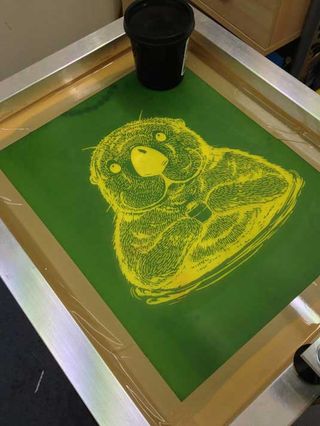
With a passion for screenprinting, Arts University Bournemouth graduate Molyneux had bought himself some equipment to start out on his own. But he soon found it too much. "I thought: I can't afford to print just for myself. I wanted to come up with something to get me to screenprint more without having to make my own designs," he says. That was the moment the idea for The Paper & Apparel Print Club was born; a collaborative enterprise with some distinct benefits.
Not only would it be a platform giving other emerging and also more established artists the opportunity to promote their own work, while supplying P&APC with new and exciting products, but it would also give his new equipment some good use, printing both his own and others' designs.
Based on his experiences, here are a few pointers to help you to follow in Molyneaux's footsteps...
01. Get the name right
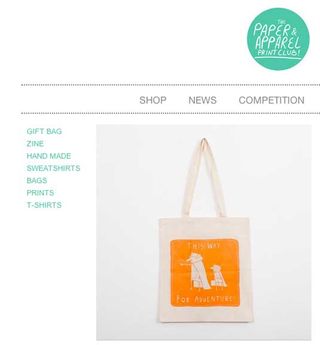
The name is incredibly important and if chosen correctly can set your collective up, ready for expansion in the future. But choose the wrong name and it could really limit your business' potential. Either that or it could cost you a lot of time and money rebranding.
Molyneux chose his name very carefully and after a week or two of deliberating and weighing up the pros and cons, came up with The Paper and Apparel Print Club. He wanted something that sounded friendly and welcoming, and something that could later expand into a studio, where people could meet and perhaps learn about the art of screenprinting. "So that's why I called it that, even though it's not actually anything really physical at the moment," he says.
Get the Creative Bloq Newsletter
Daily design news, reviews, how-tos and more, as picked by the editors.
02. Find good people
Sounds straightforward enough, doesn't it? But don't go assuming that all it takes is asking your mates to get involved. You have to think carefully about your visions for this collective. It’s likely your friends may all have very different styles, which may not necessarily fit in with your vision.
23-year-old Molyneux was lucky enough to find a couple of friends whose work he liked, and although different to his style, fitted in with the look he was trying to achieve. But in fact he found many of his collaborators through the internet.
In other words, do a bit of research and get in touch with people whose work you like. You'll probably find they'll jump at the opportunity to have another avenue for selling their work.
03. Get free marketing
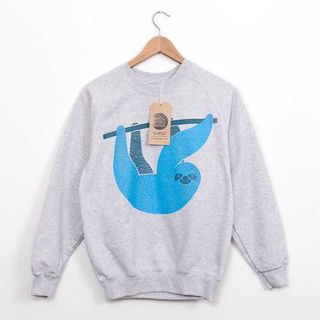
There's another reason to collaborate with other designers - you vastly increase your marketing reach. Molyneux's website sells a variety of products from different designers, including gift bags, zines, sweatshirts, bags, prints, T-shirts and even pottery. And with projects like this, every designer involved will do as much as they can to spread word of mouth about your project - it's in their best interests after all.
Plus, if you're selling online, collaborating means you'll also be increasing your SEO, as each artist links back to your site from theirs.
04. Online presence
Collaboration can go as far as getting someone you know and trust to build your website. To launch his, Molyneux collaborated with an old friend who runs his own website company in Bristol. "I designed it, I did the layout and he actually put it together for me," Molyneux explains.
The clearer your vision is, the easier it will be for the web designer to set up. It will also save you a lot of time going back and forth with corrections, and will probably help you keep to budget.
05. Use social media
Molyneux can't rave enough about the power of Twitter and how effective it has been for him, not only in generating traffic to his new website, but also in recruiting new collaborators. About half (if not more) of the people he's currently working with found him through Twitter and sent him their portfolios.
The key is to spend enough time on there to look like you're active and on the ball, but not too much that you lose two hours watching YouTube videos. Also, don't only tweet at your followers, but post images and most importantly, engage in conversation. Show them you're a human being too.
Most importantly, the great thing about working in a team is that every time you tweet, your collaborators will retweet, therefore doubling, tripling or quadrupling your reach.
06. Get out there
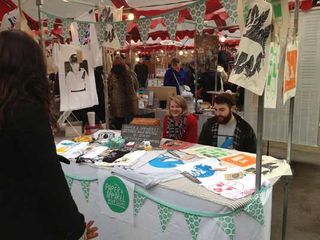
Don't limit yourself to purely selling online. Molyneux found one of the best ways (other than Twitter) of spreading the word was by selling at real-world markets. It gave him that opportunity to meet his buyers face to face and hear from them what they love about his collection.
Selling at markets is also a way of boosting your sales, giving you that all important money to throw back into improving and growing your collaboration.
07. Don't hate your own work
Perfectionism. There's no escaping it. Draw, erase, paint, paint over, choose a colour, change your mind, redraw, redraw, redraw - but nothing works. Frustrated, you screw your work into a ball and start again. Molyneux knows this feeling all too well.
"Quite a lot of artists hate their own work, sometimes they can't stand it. I can be a bit of a perfectionist, even little things really niggle at me and I would hate it and I wouldn't want to see it printed." Collaborating can help with this, because it gives you an extra push to get work out there to be sold - you wouldn't want to let down the team, would you?
08. It's all about variety
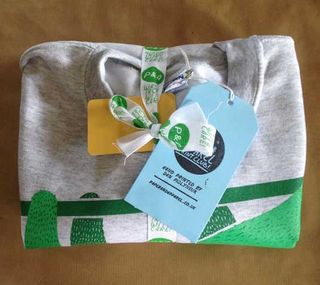
Illustrators tend to stick to one style (and rightly so), but by joining with other artists, you’ll automatically attract a wider audience, thereby boosting your income.
When setting up P&APC, Molyneux had a vision. "I didn't want to create a brand and it all have one uniformed look, to make it look like it had all been done by the same person," he says. "I wanted each individual's personality and style to come out through their own designs."
09. Don't hold back
And the best bit about setting up your own collaborative enterprise? Anybody can do it. As Molyneux says: "Setting up your own company can be relatively straightforward once you just get on and have the motivation to do it. It can be really rewarding."
Words: Margaux Doey
Margaux Doey is a freelance journalist and winner of the PPA Magazine Academy's New Digital Product Concept 2013. Follow her on Twitter.

Thank you for reading 5 articles this month* Join now for unlimited access
Enjoy your first month for just £1 / $1 / €1
*Read 5 free articles per month without a subscription

Join now for unlimited access
Try first month for just £1 / $1 / €1
The Creative Bloq team is made up of a group of design fans, and has changed and evolved since Creative Bloq began back in 2012. The current website team consists of eight full-time members of staff: Editor Georgia Coggan, Deputy Editor Rosie Hilder, Ecommerce Editor Beren Neale, Senior News Editor Daniel Piper, Editor, Digital Art and 3D Ian Dean, Tech Reviews Editor Erlingur Einarsson, Ecommerce Writer Beth Nicholls and Staff Writer Natalie Fear, as well as a roster of freelancers from around the world. The ImagineFX magazine team also pitch in, ensuring that content from leading digital art publication ImagineFX is represented on Creative Bloq.
